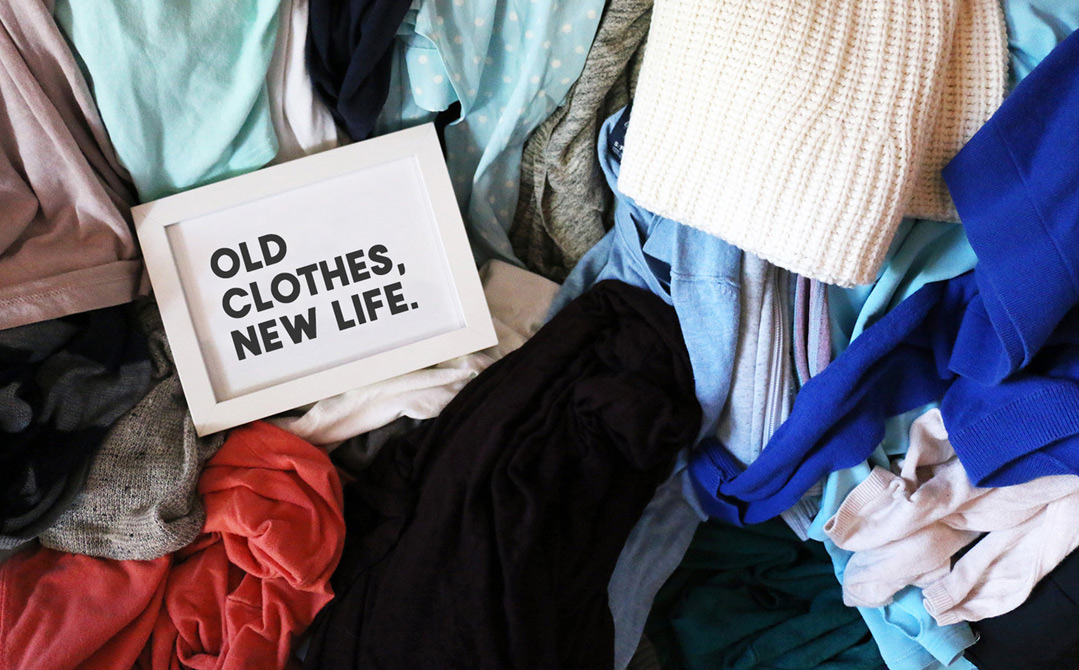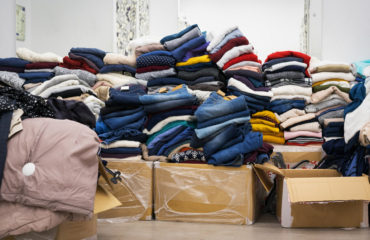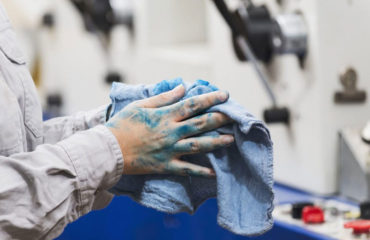The use of second-hand clothes is a simple Re-use technique that aims at controlling textile waste and checking on overproduction. Since garments have a longer life than the span in which they are usually discarded, putting them to use instead of producing something new goes a long way in preventing them from ending up as a textile.
If you’re somebody who revolves around an eco-friendly lifestyle or even just getting started, one of the best things you can start doing is wearing used clothing.
When shopping for secondhand clothing, you’re saving resources and doing the environment a solid favor. This is because the resources have already been used to make the piece of clothing. Instead of buying a new shirt or pair of pants that consumes resources to make it and distribute it to a store near you, buying used clothing doesn’t deplete any more resources.
It is one of the best ways to deal with textile waste as clothes get dumped after a few wears. Second hand clothes get used by a new person for a few more years, and this extends the lifespan of the garment. When many clothes get discarded by most people, it generates an enormous amount of waste. But when those garments are used to their fullest capabilities, then clothing can take up to 10 years before touching a landfill.
Why do consumers buy used clothes
Majority of clothing that you will find in thrift stores are completely unique. The chances of there being two of the same item in the same thrift store or in other thrift stores are slim to none. And chances are, you won’t be able to find the same piece ever again because they’re probably no longer being made, especially vintage clothing. So if you want one-of-a-kind clothing, shopping secondhand is a great way to get them.
Another advantage of shopping for secondhand clothing is that you will find one-of-a-kind pieces that no one else has. By virtue of shopping only for used and vintage items, you’ll look unique without having to put much effort into it.
We all know that fashion repeats itself. New versions of styles that were once considered old-fashioned suddenly reappear in stores all the time. So instead of buying the same “vintage-style” pair of ballet pumps, find a one-of-a-kind pair so your look has a more authentic feel. By buying secondhand clothing, you’re reducing the amount of textile waste in landfills and extending the lifecycle of these garments by giving them a spot in your wardrobe.
Buying second hand clothes assists in keeping the recycling system in place as people who can otherwise not afford these garments are able to wear them. These are a few of the environmental as well as societal benefits of buying pre-owned fashion. We can progress together as a community if more people practice buying and selling second-hand clothes.





